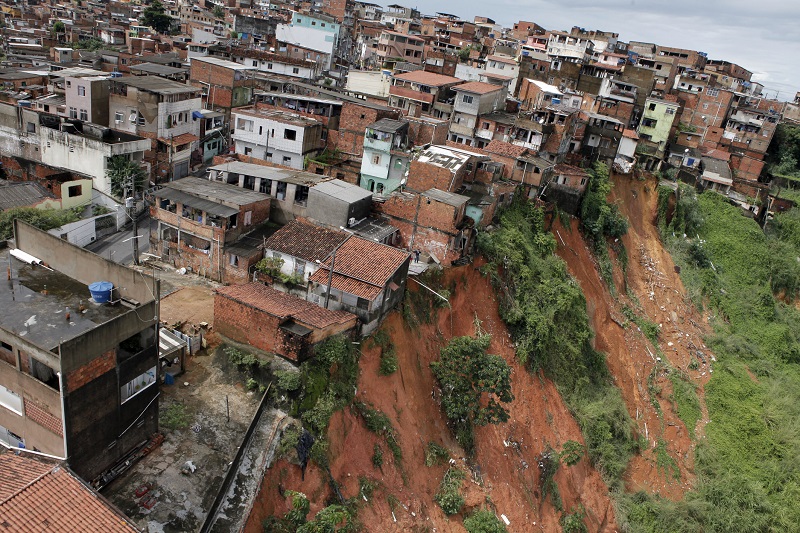RIO DE JANEIRO, BRAZIL – The death toll in the tragedy in Petrópolis (Rio de Janeiro State) rose on Wednesday, February 23, to 204. A national survey found that 10 million Brazilians live in areas of risk.
The summer is not even over yet, but the heavy rains have already caused destruction and deaths in various parts of Brazil. Since December, approximately 300 deaths have been registered in the south of Bahia, Minas Gerais, São Paulo, and in Petrópolis, in the mountainous region of Rio de Janeiro.
In all, 534 municipalities have been impacted by floods or landslides, which have harmed nearly 20 million people. More than half of these people live in risk areas.

The most extensive study ever made in Brazil on the subject identified more than 8.2 million people in vulnerable areas. The number is equivalent to the sum of the populations of Belo Horizonte, Fortaleza, and Salvador. More than half of these people are in the Southeast region.
The study crossed data from 825 municipalities monitored by the National Center for Monitoring and Alerts of Natural Disasters, Cemaden, with the last census of IBGE done in 2010.
Those responsible for the study estimate that today, at least 10 million people live in risk areas in the same surveyed municipalities. Specialists affirm that the main solution to the problem is the construction of decent, cheap, and safe housing for the low-income segment – a challenge that Brazil is far from solving.
An Intersyndicate Department of Statistics and Socioeconomic Studies (Dieese) research in partnership with a German foundation affirms that the federal government expenses with the Green and Yellow House program suffered a 98% cut last year.
The number of housing units delivered by the government for families earning up to R$2,000 (US$400) fell from 102,000 dwellings in 2018 to just 33,000 last year.
Rayne Moraes from the UN Human Settlements Program in Brazil defends the urgency in applying resources for safe housing.
“What we need is to have a range of alternatives, housing policies for different income levels, to prevent people from occupying these places that are not appropriate for housing. And that this housing is as close as possible to the urban centers, in areas with infrastructure.”
On Wednesday, February 23, the federal government announced the increase of the subsidy value for the purchase of popular units in the Green and Yellow House program. It increased from R$110,000 to R$130,000 in urban areas and from R$45,000 to R$ 55,000 in rural areas.

